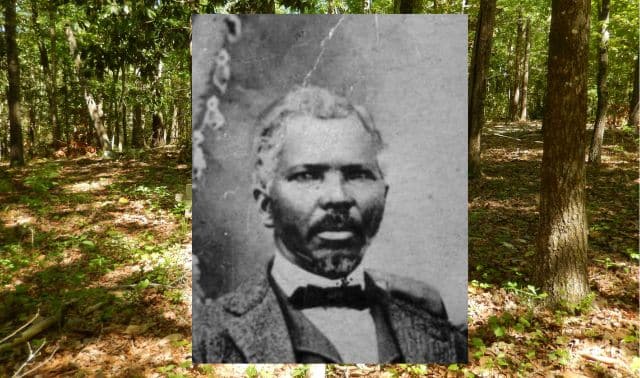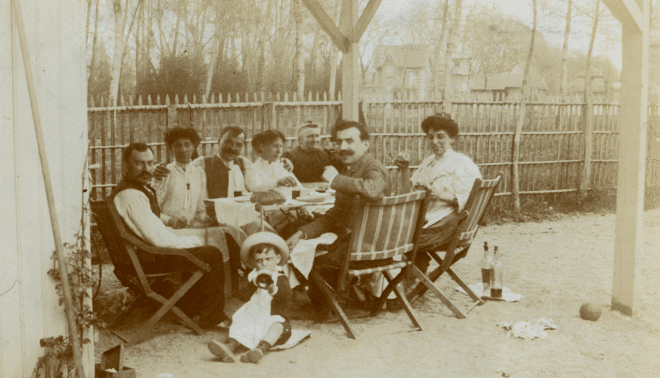Sign up for the Family Tree Newsletter! Plus, you’ll receive our 10 Essential Genealogy Research Forms PDF as a special thank you.
Get Your Free Genealogy Forms
"*" indicates required fields
1. Organize early and often
There’s no right or wrong way to organize your research notes and record copies, but there are better and worse ways. The worst ways include taking notes in spiral notebooks and storing them on the dining room table. Better ways are numerous, usually involving three-ring binders, file folders or a combination of the two.
Your choice is personal, considering your time, space and budget. The goal is to be able to find quickly any given piece of information. Thus, you need to keep together all information about each person or ancestral couple. Use whatever system works for you, and change your system if you devise a more effective one.
2. Record exactly where you get your information
In your notes, write down who told you what and when, or which tombstone, newspaper, book or document furnished data and where that record is located. This documenting process is essential. The goal is for you or someone else to be able to find the same information again. The purpose is to demonstrate that you have collected valid information from the best possible sources and that, to the best of your knowledge, you are claiming the correct ancestors. For more on documenting sources, see The Sleuth Book for Genealogists (Betterway Books).
3. Be a skeptical detective
Remember that family stories and oral traditions may or may not be factual. Some are “creative remembering” or wishful thinking; some contain grains of truth; some are gems of detail about the character or life of an ancestor.
Consider cautiously any secondhand information from other people, Web sites, electronic databases, family histories, county histories or other compiled materials. If this information doesn’t come with documentation of where the details originated, use it as clues for research; don’t accept it automatically as fact. If information from others does contain documentation, evaluate those sources and check their information yourself.
Whenever you find transcriptions of ancestral records, get a photocopy of the original record. Try to verify details—even original records sometimes contain errors.
4. Choose one or two ancestors at a time for concentrated study.
Your other ancestors aren’t going anywhere; they’ll be there for you to research later. Besides, researchers who spread their efforts too thin by trying to work on too many ancestors at once usually don’t tackle and solve the tough questions. By limiting your scope, you can stay organized and focused on the details.
5. Use original and contemporary records whenever they exist
Firsthand accounts and documents closest in time to the events they report are usually the most reliable and desirable. A newspaper obituary for an ancestor may contain names and dates not available in other sources, for example, but the person who prepared the obituary may not have had firsthand information about the ancestor’s birth.
To double-check the birth information, look for a baptism or Bible record, a birth certificate or other record contemporary with the birth. Or try to find a passport, a Social Security application (beginning in 1936), or some other record for which the ancestor furnished his or her birth date. Millions of original ancestral records exist. You can’t know what interesting tidbits await you in these records until you look.




